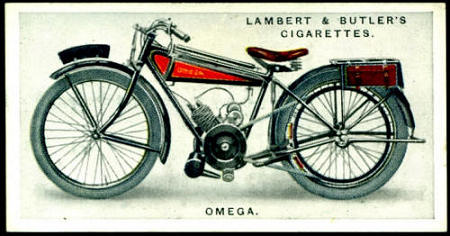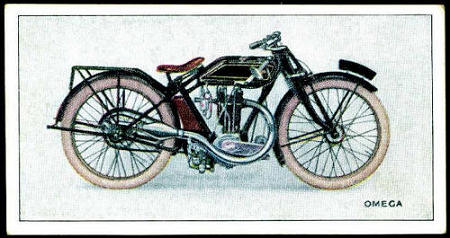Stamp spitters and chewing gum pictures
At the last club meeting I heard from multiple sides discontent about the many issues over the last years from countries like Guinea, Mozambique, Kongo, Mali and so on. Different nominations were used like fake issues, cinderellas, mess and, one I actually liked: chewing gum pictures.
But there is nothing new here. Already in my younger years those stamp spitting countries in the Middle East were discussed and people asked to boycot these, then called 'harmful', issues. At that time the Michel even made a special part of their World Catalog, covering these issues. Nowadays most of these issues are included in the normal catalogues.
Even worse was the flood of imprints and labels that came after the collapse of the Sovjet Union. Due to the experience with the Arabs we were already on our guards, but still we bought a lot of these Russian 'speculatives' as we called them. And what sells is being made... Also here we learned since that time.
With the African avalanche in both stamp and block issues we did not immediately assume that they were official issues.

Within the MFN we drafted a guideline and this worked quite well, until Michel started to include these stamps with retrospective effect in their books. What to do now? As MFN we had the precept that an item is worth collecting when it is included in the Michel. But when we look in the Michel to the list of let's say Guinee-Bissau, we see that in 2011 on only 7 different dates not less than 442 stamps were issued by the country's agent, the Lithuania based Stamperije Ltd. And Stamperije also has the rights on issues from many other countries that issue a lot like Burundi, Niger, Ivory Coast and Mozambique. An other big player in the stamp world is the New York based I.G.P.C. and for the internet users amongst us it is very useful to Google a bit on these names.
It will also be very difficult to obtain used specimen of stamps from these countries. Many blocks and stamps are even not provided with glue. Most of the African countries have more or less the same tarifs and use the CFA franc (Communauté Financière d'Afric franc, a kind of African Euro) as currency. Although most of the stamps have an average value of 15000 CFA, sending an inland letter only costs 200 CFA. For 12000 CFA (around 18 euro) you can send a 2 kg letter per expresse from Guinea to the Netherlands.
Despite all of this the issuing parties are not the only ones who are responsible for these money extracting businesses, as they will be obliged to hand over part of their profit to the countries' authorities to may use their names. And who knows whether the catalogues work for free.....???? We also can't blame the stamp traders, as they only sell what we are asking for.
But still the war against this unbridled stamp flood is not finished. The Union Postal Universal (UPU) is fighting these activities and has already in the 90-ies of the past century established an institute to check stamp issue's legitimity. This World Association for the Development of Philately (WADP) administers the only official stamp catalogue, the WADP Numbering System (WNS). Their site: www.wnsstamps.ch. And belief me: you will not find the bulk issues there. Disadvantage is that this site is very much lagging behind with handling issues. Perhaps they encounter the same problems as we do when doing their research?
Thus as collectors for the time being we must determine by ourselves what we want to put in our collection, and where we will spend our scarce money on.
Chewing gum pictures, I will keep this in mind!


No chewing gum- but cigarette pictures (and these are already worth some money.....)
Hans de Kloet
Top - Back to former page - Home |


